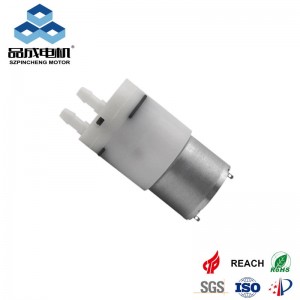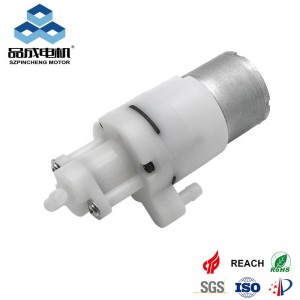Is your fish tank in need of better oxygenation? Whether you’re a seasoned aquarist or new to the hobby, building your own aquarium aerator using a micro diaphragm air pump is a simple and cost-effective project. In this guide, we’ll show you how to create a quiet, reliable DIY oxygen system perfect for small to medium-sized tanks.
Why Use a Micro Diaphragm Air Pump?
A micro diaphragm air pump is an ideal choice for aquariums. These pumps are:
-
Energy-efficient – Low power consumption makes them perfect for 24/7 operation.
-
Quiet – Their diaphragm design minimizes noise, avoiding disruptions.
-
Safe – They’re submersible and designed specifically for use in aquatic environments.
-
Adjustable – Many models allow you to control airflow, helping you fine-tune aeration.
What You’ll Need:
-
A fish tank micro air pump (12V DC models are widely available)
-
Airline tubing (silicone or vinyl)
-
An air stone or bubble bar
-
Check valve (to prevent backflow)
-
Power source (battery or AC adapter)
-
Optional: Air control valve for adjusting bubbles
Step-by-Step DIY Instructions:
-
Position the Pump
Place the micro diaphragm air pump above the water level or in a dry area near the tank. If using a submersible model, ensure it’s fully underwater. -
Connect the Tubing
Attach one end of the airline tubing to the pump’s outlet and the other to the air stone. Use a check valve in the tubing to prevent water from siphoning back into the pump. -
Place the Air Stone
Submerge the air stone at the bottom of the tank for optimal bubble dispersion. The smaller the bubbles, the more efficiently oxygen dissolves into the water. -
Power and Adjust
Connect the pump to a power source. If your fish tank micro air pump includes airflow control, adjust it until you achieve a steady stream of fine bubbles. -
Test and Monitor
Let the system run and observe your fish. Well-oxygenated water will show improved fish activity and health.
Benefits of a DIY System:
-
Customization – Tailor aeration to your tank’s specific size and needs.
-
Cost Savings – Building your own is often cheaper than buying a commercial kit.
-
Educational Fun – Great for beginners and kids to learn basic electronics and aquarium science.
Pro Tips:
-
For larger tanks, consider connecting multiple micro diaphragm air pumps.
-
Clean the air stone regularly to maintain efficient airflow.
-
Choose a pump with low decibel ratings if noise is a concern.
Ready to Boost Your Tank’s Health?
Enhance your aquatic ecosystem today with a homemade aeration system. Using a fish tank micro air pump not only improves water quality but also ensures your finned friends thrive in a well-oxygenated environment.
Keywords: fish tank micro air pump, micro diaphragm air pump, DIY aquarium aerator, quiet air pump, fish tank oxygen, small air pump, aquarium DIY project
you like also all
Read More News
Post time: Sep-10-2025




